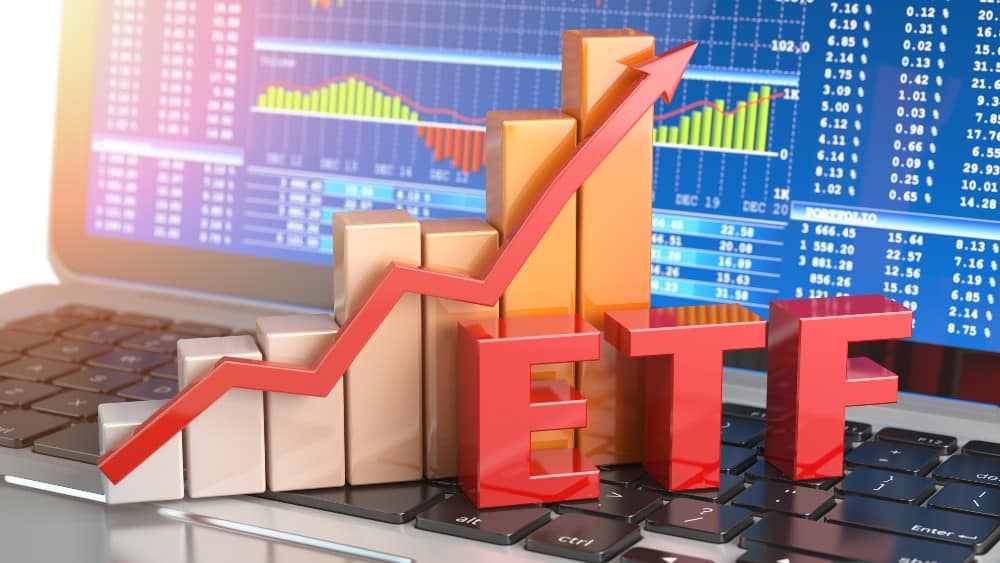Income-oriented investors usually fall into two categories: retirees or financially independent folks. Both types of investors have traditionally utilized a mixture of corporate bond funds and dividend-paying Canadian stocks to ensure a steady cash flow for meeting their goals.
The goal here is to meet living expenses using the distributions as much as possible without withdrawing too much of the principal. Ensuring a safe, perpetual withdrawal rate regardless of market conditions is key. If done incorrectly, there can be a significant risk of running out of money prematurely.
Therefore, an income-oriented retirement portfolio should provide high yields and monthly distributions. This can be difficult with dividend stocks that pay quarterly. A better option might be exchange-traded funds (ETFs) that use different assets and strategies to enhance income. Let’s look at my top two picks.
Preferred shares and corporate bonds
Our first ETF, iShares Canadian Financial Monthly Income ETF (TSX:FIE), holds a mixture of preferred shares and corporate bonds primarily from the Canadian financial sector.
Preferred shares are company stock with dividends that are paid out to shareholders before common stock dividends are issued. If the company enters bankruptcy, preferred stockholders are entitled to be paid from company assets before common stockholders. They tend to provide a higher dividend yield compared to common shares.
Corporate bonds are debt issued by a company, as opposed to those issued by the government. Because investing in corporate debt is riskier (the Fed always pays its debts after all), the investor is paid a higher coupon, resulting them being compensated with a higher yield.
The combination of corporate bonds and preferred shares gives FIE a high distribution yield of 5.65%. On a $1,000,000 retirement portfolio, that equals to $56,500 in annual dividends paid out. FIE will cost you a management-expense ratio (MER) of 0.82% to hold, which is high compared to index funds.
Covered call overlays
Our second ETF, BMO Canadian High Dividend Covered Call ETF (TSX:ZWC), holds a portfolio of 102 high-quality, Canadian, dividend-paying companies, with a covered call overlay to enhance the monthly yield.
ZWC gets its high yield by selling a call option for an upfront premium. For the price of that premium, the buyer of the call option gets the right but not the obligation to buy the stock if its price goes above a certain level, called the strike. If that happens, the seller of the call (ZWC) has to sell the stock to the buyer at the strike price.
ZWC’s high income is therefore augmented by the premium received from selling covered calls. The amount of that premium differs but tends to be higher when the expiry date is further out, implied volatility is high, and the strike price is close to the current market price (at the money).
The covered call strategy comes at a price. While ZWC has a high yield of 6.07%, its MER is rather expensive at 0.72%. Moreover, ZWC will underperform in a bull market, as the upside is capped. If the price of its underlying stocks blows past the strike price, ZWC will miss out on gains, as it can only sell stocks at the lower strike price.
What are the risks?
The main risk to FIE come from interest rate and concentration. For the former, the price of bonds and a preferred shares are inversely related to interest rates. When interest rates rise, the price of these assets will fall. For the latter, FIE is heavily invested in the financial sector, which is cyclical and can be prone to bouts of underperformance.
The main risk to ZWC is the same as all other stocks: market risk. If the stocks held in ZWC fall, the ETF will as well. The covered call overlay does not provide downside protection. If they fall enough, implied volatility will also drop, which can cause the premiums from selling the calls to shrink.
Despite these risks, investors with a large enough portfolio can consider using either of these ETFs to meet their income needs. If not depleting your principal is a key consideration, ZWC or FIE might be preferable to selling shares for income. If held in a TFSA, you could potentially set up a very lucrative tax-free income stream.








